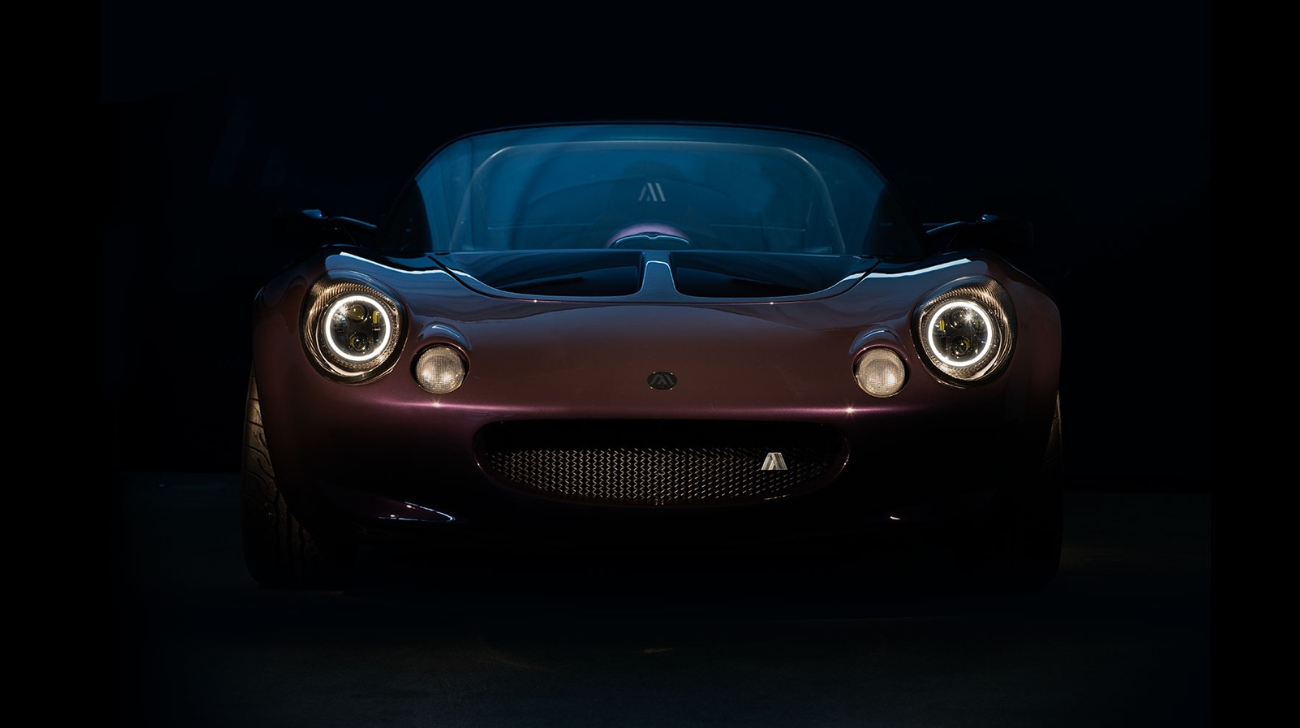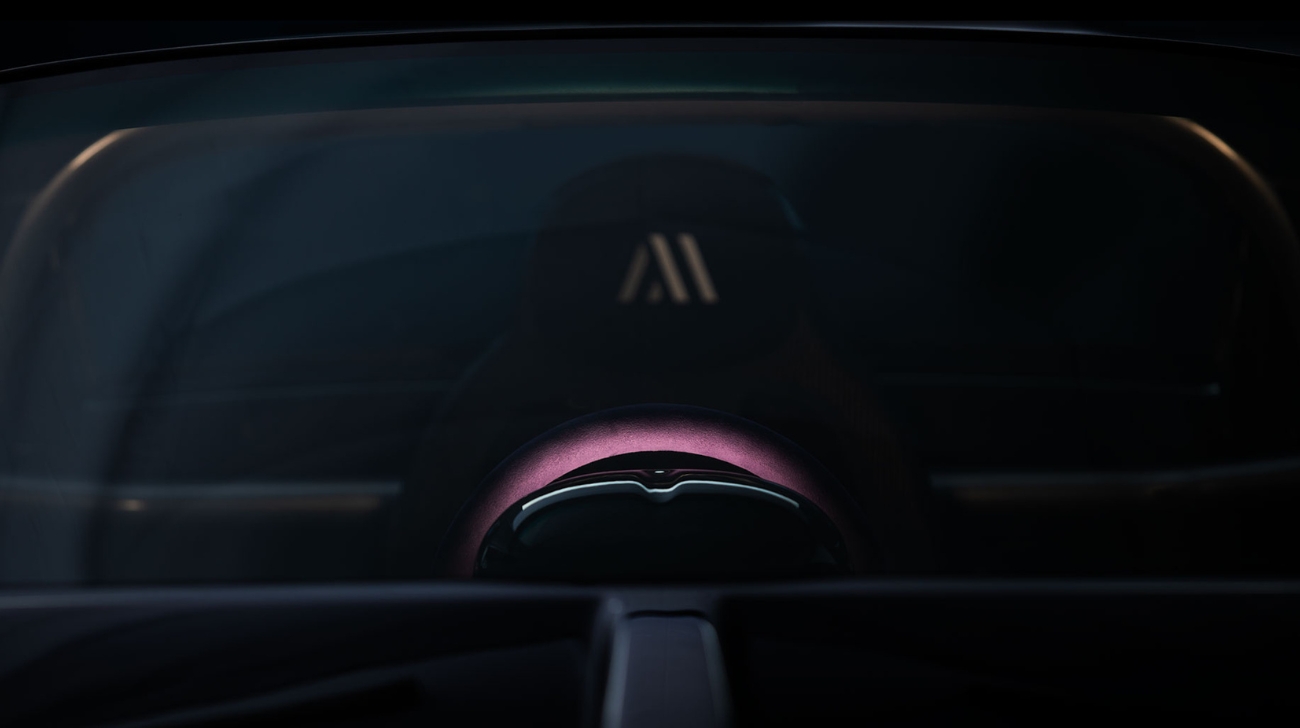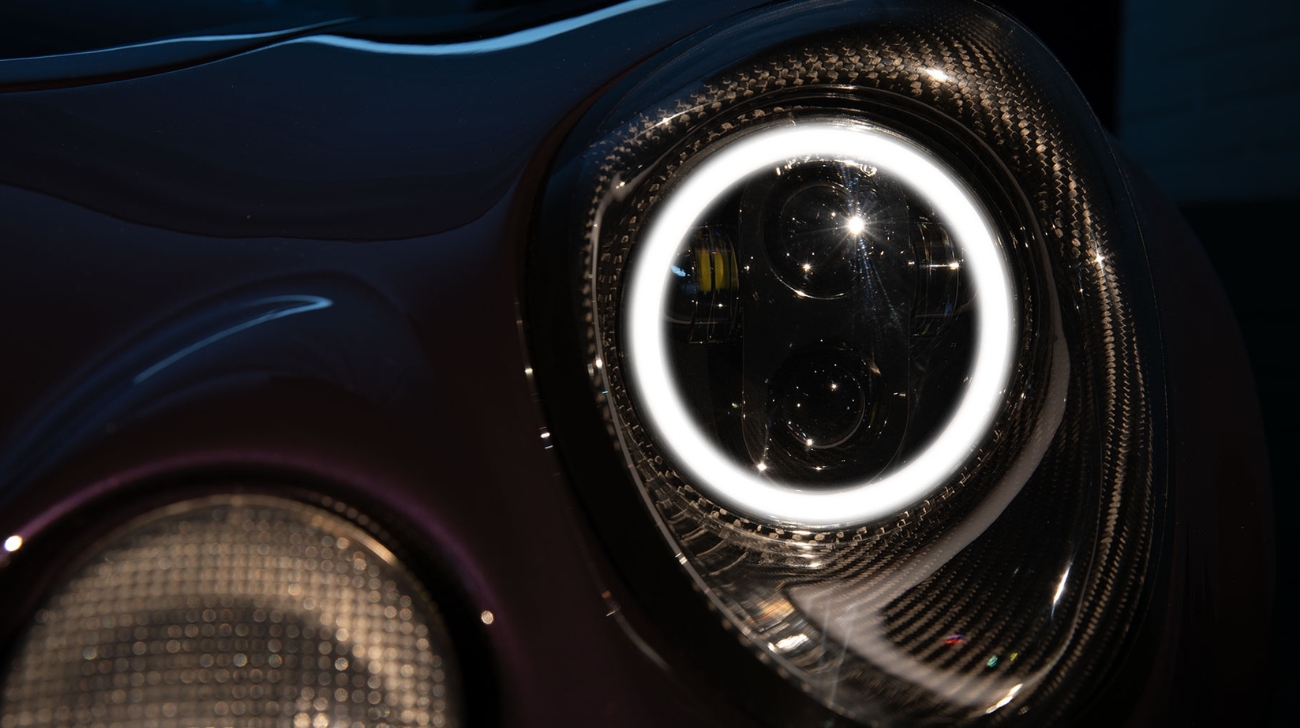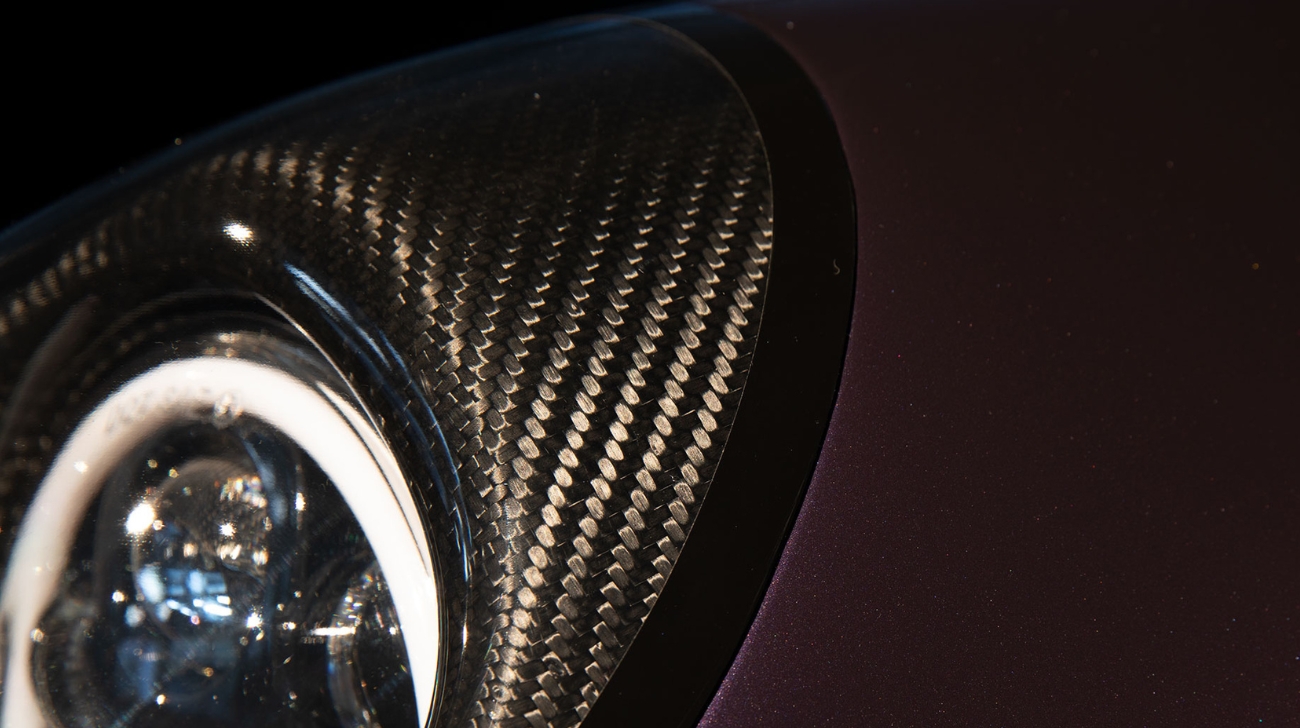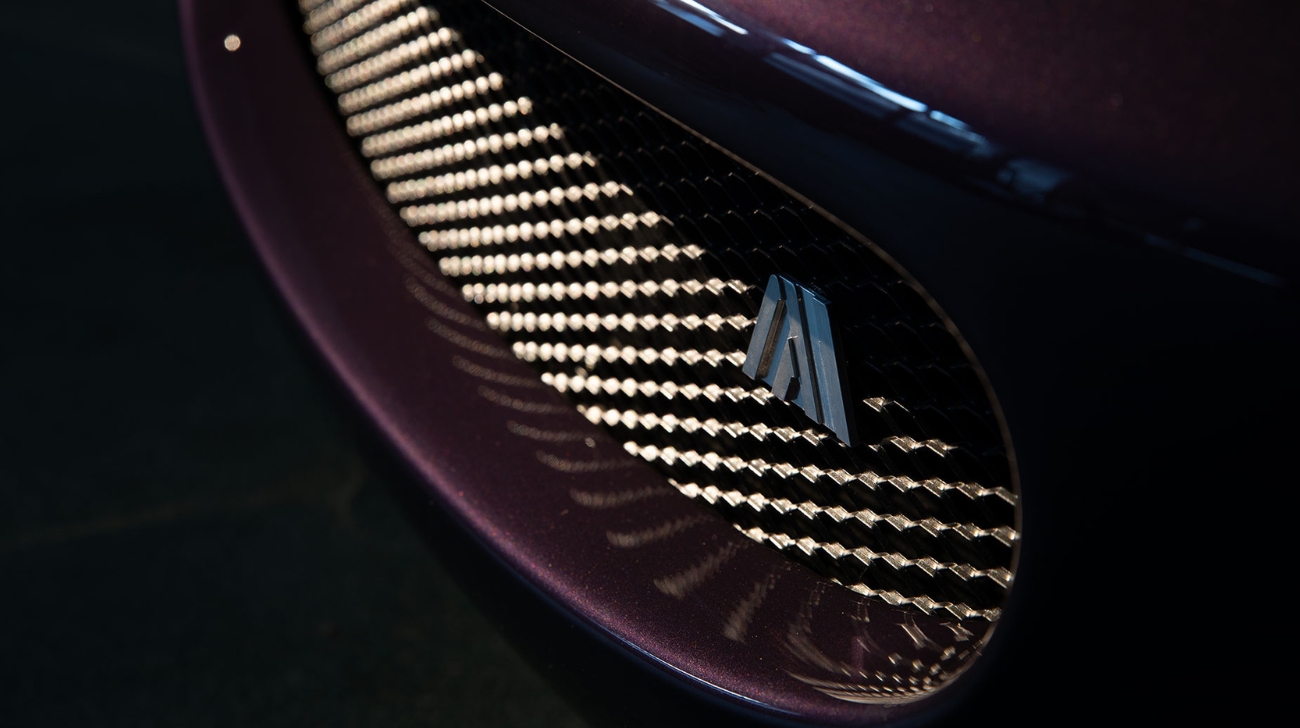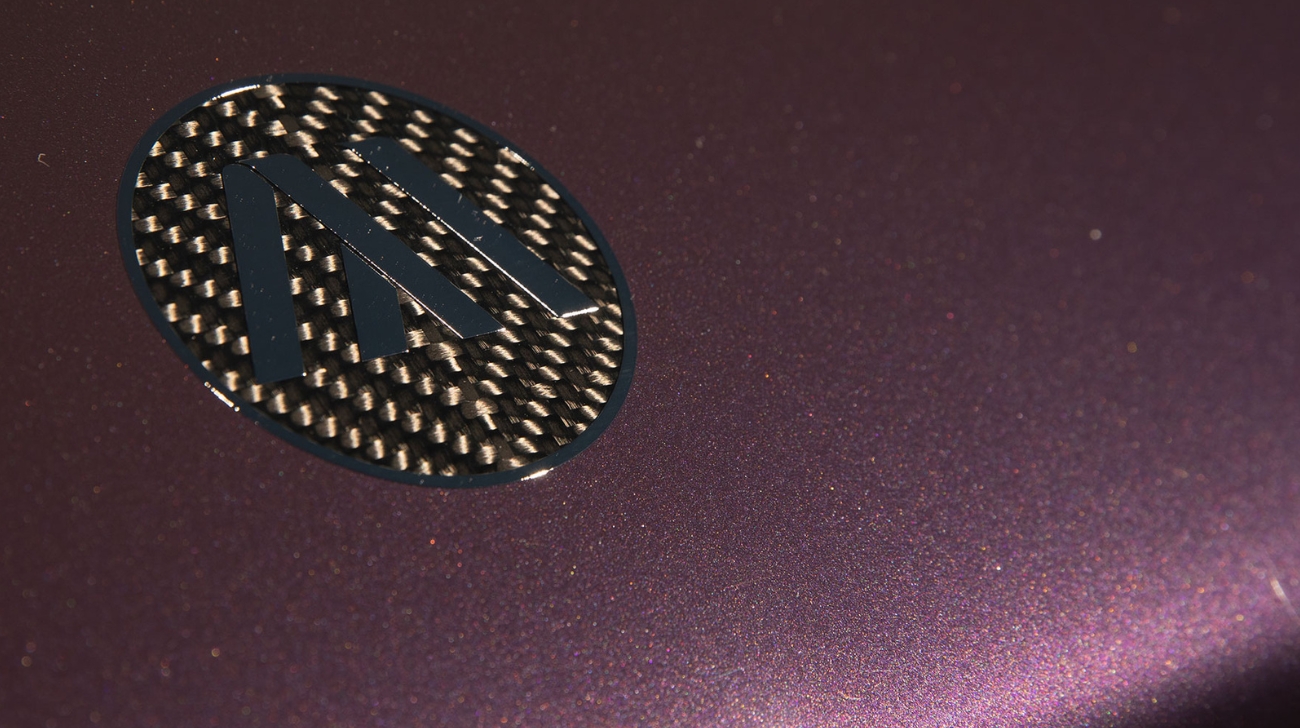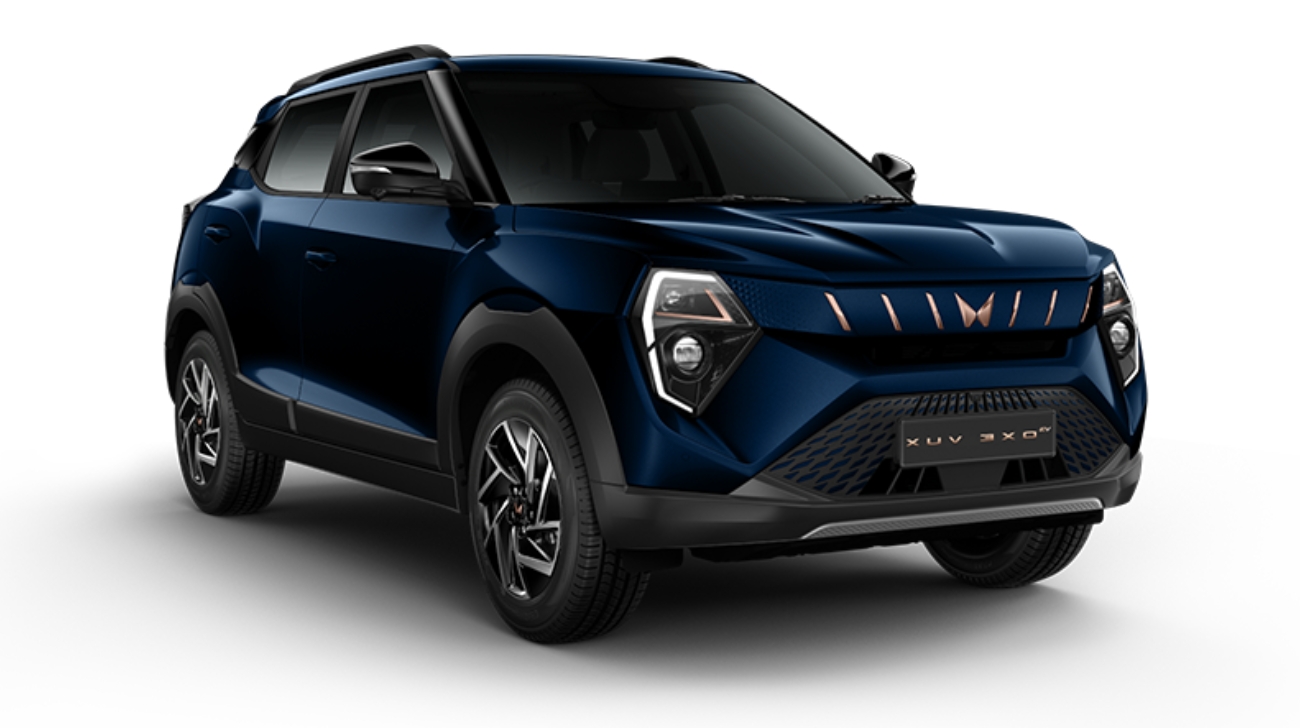A British outfit called Analogue Automotive has decided the Lotus Elise S1 wasn’t light enough, nor focused enough. Their solution? Strip it down to a single seat, clothe it in carbon fibre, and give it a power-to-weight ratio that matches a Porsche 911 Turbo. The result is the VHPK, a 600kg featherweight that arrives 30 years after the original Elise first bowed in Frankfurt.
Highlights
-
Single-seat reinterpretation of the Lotus Elise S1
-
Weight: just 600kg, all-carbon body and cabin
-
Rover K-series engine reworked to 250bhp
-
Power-to-weight: 400bhp per tonne
-
Only 35 units to be built, each individually numbered
Key Details
Analogue Automotive drew inspiration from the early-2000s Autobytel Lotus Championship, where single-seat Elise racers rubbed panels on UK circuits. The VHPK revives that ethos with a central driving position, a lightweight carbon steering wheel, and carbon ceramic brakes.
The heart of the car is the revived Rover K-series engine. Heavily reworked with forged and billet internals and increased displacement, it now produces 250bhp, given the car’s scant 600kg kerb weight, which translates to a serious 400bhp per tonne.
Every panel you see is carbon fibre. The cockpit? Also carbon fibre. Analogue Automotive says each element has been engineered to chase grams, and the scales agree. For context, 600kg is about what the average EV carries just in its battery pack.
Production is capped at 35 units, with deliveries scheduled to begin next year. Each car will be numbered and, unsurprisingly, hand-built. Prices haven’t been disclosed, but exclusivity and obsessive lightness rarely come cheap.
Summary
The VHPK is as pure as modern motoring gets: light, analogue, and uncompromising. For those who believe driving pleasure is best measured in kilograms saved rather than screens added, this single-seat Elise revival might just be the ultimate antidote to the bloated cars of 2025.

